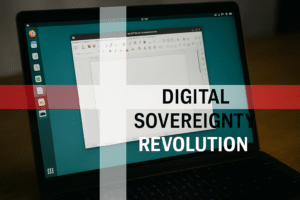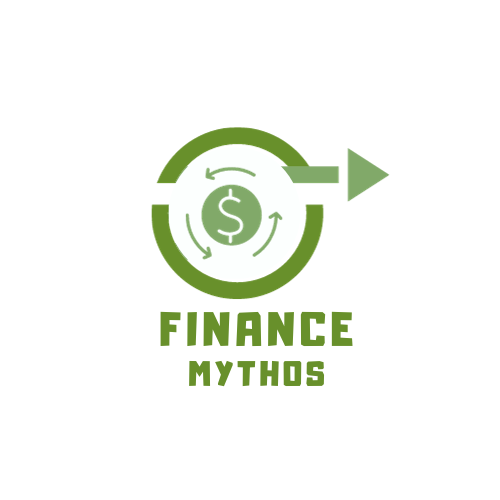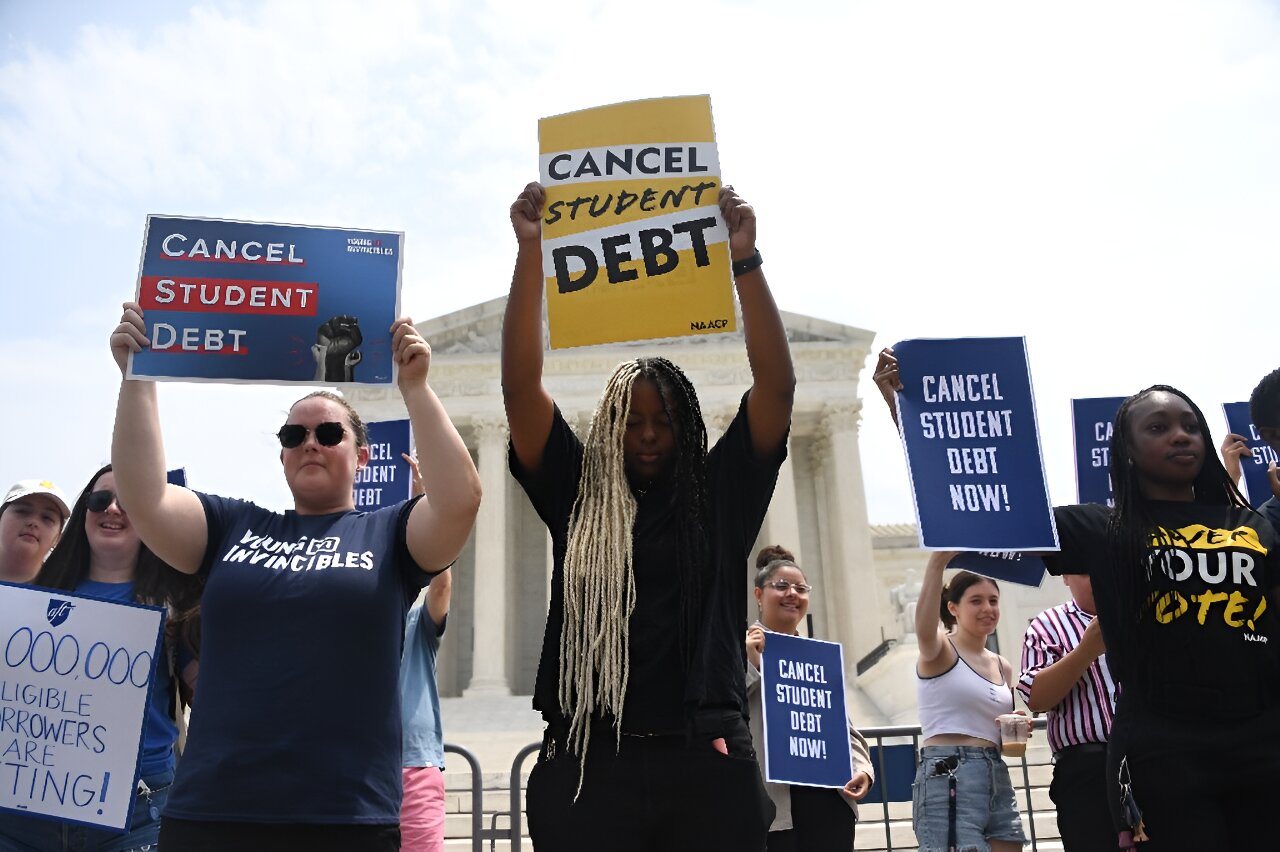In a game-changing move, the SECURE Act 2.0 has opened new avenues for Americans struggling with student loan debt to secure their retirement. Now, employers can match employees’ student loan payments as contributions to their 401(k) accounts. Here’s why this matters and what you need to know.
Table of Contents
ToggleThe Student Loan Provision You Need to Know
Section 110 of the SECURE Act 2.0 brings relief to the 85% of Americans with student loans who find it challenging to save for retirement. Here’s how it works: If you allocate a portion of your salary to repay student loans, your employer can match those payments by contributing to your 401(k) plan. This means you’re effectively saving for retirement while tackling your student debt – a win-win situation.

What Does This Mean for You?
For many, student loan payments can feel like a barrier to saving for retirement. With this provision, you no longer have to choose between paying off debt and building your nest egg. Your employer’s matching contributions provide a powerful incentive to prioritize both goals simultaneously.
For example, let’s say you have $50,000 in student loan debt and your employer offers a 6% match on 401(k) contributions. If you allocate 6% of your salary, let’s say $3,000, towards repaying your student loans, your employer will contribute an additional $3,000 to your 401(k) account. This means you’re effectively saving $6,000 for retirement while still addressing your student debt.
This dual approach not only accelerates your retirement savings but also helps you tackle your student loan debt faster. It’s a financial strategy that empowers you to make meaningful progress towards long-term financial security while managing short-term obligations.
Navigating the SECURE Act 2.0
Beyond the student loan provision, the SECURE Act 2.0 introduces a range of measures aimed at bolstering retirement savings:
Automatic Enrollment: More workers will now be enrolled in employer-sponsored retirement plans automatically, removing barriers to saving.
Small Business Incentives: The Act offers additional incentives for small businesses to establish retirement plans, ensuring broader access to retirement benefits.
RMD Age Increase and Catch-Up Contributions: Adjustments to required minimum distribution (RMD) ages and catch-up contribution limits provide greater flexibility for retirement planning.
Incentives for Contributions: Employers can now offer incentives, such as gift cards, to encourage employees to contribute to their retirement plans.
Takeaway: Seizing the Opportunity
With the SECURE Act 2.0, the retirement savings landscape is evolving to meet the needs of today’s workforce. Whether you’re grappling with student loan debt or planning for the future, these changes offer new possibilities for financial security.
So, if you’re a student loan borrower, it’s time to explore how your employer can help you supercharge your retirement savings. By taking advantage of matching contributions, you can make significant strides towards both financial freedom and a secure retirement.
The future looks brighter than ever for those balancing student loans and retirement planning, thanks to the SECURE Act 2.0.

Jugaad on Two Wheels: The Hilarious Bike Parcel Hack in Karnataka
The Great Karnataka Bike Parcel Hack: A Jugaad Masterclass #RapidoParcel: In a creative yet controversial move, ride-hailing platform Rapido has found a way around Karnataka’s

Denmark’s Digital Sovereignty Revolution: Linux and LibreOffice Lead the Way
Introduction to Denmark’s Bold Move In June 2025, Denmark’s Ministry of Digital Affairs made headlines by embracing digital sovereignty, ditching Microsoft Windows and Office 365

🏏Sports as a Business Strategy: Insights from Vijay Mallya’s RCB Ownership
🧠 Sports as a Business Strategy (Tool) In modern business, few platforms offer better engagement and emotional connection than sports. From football clubs in Europe

